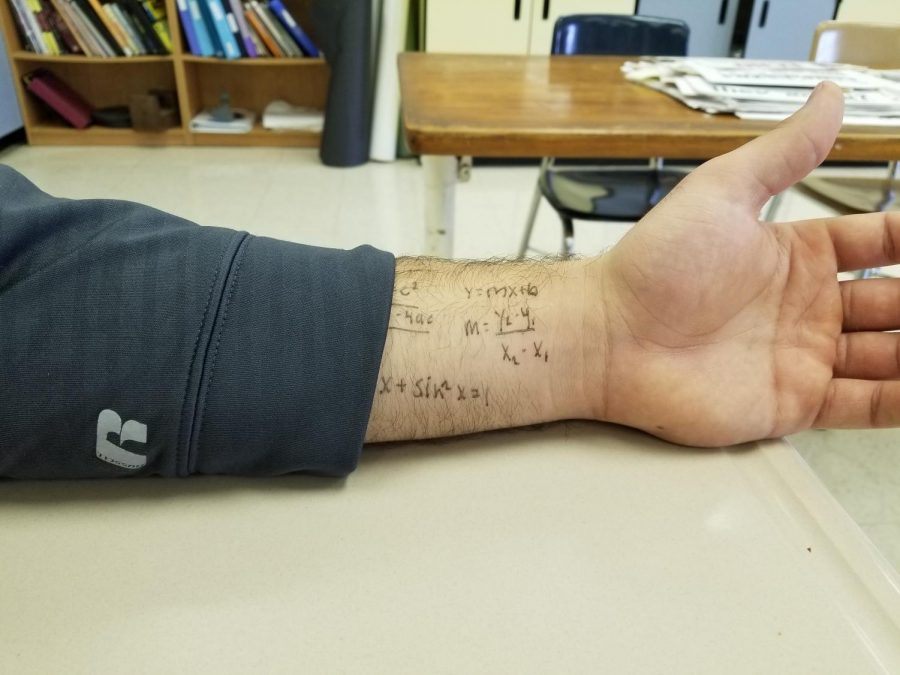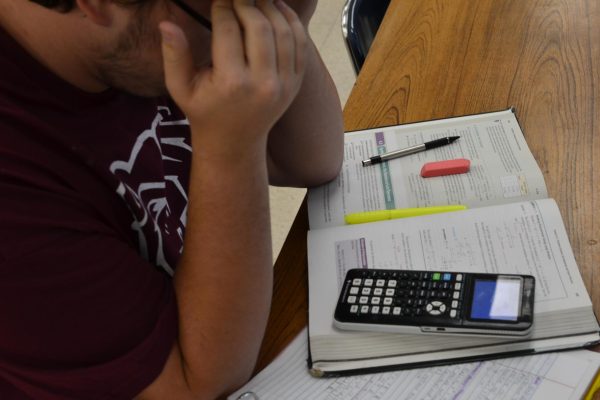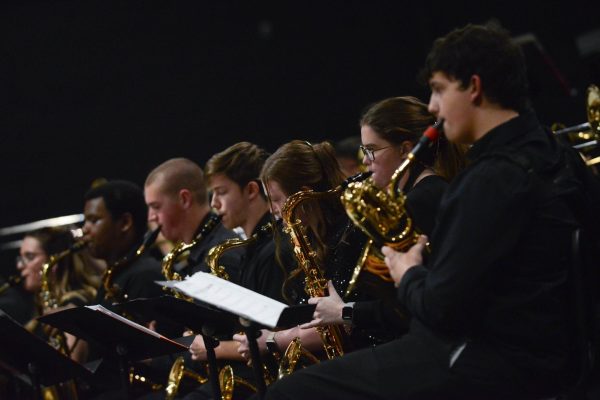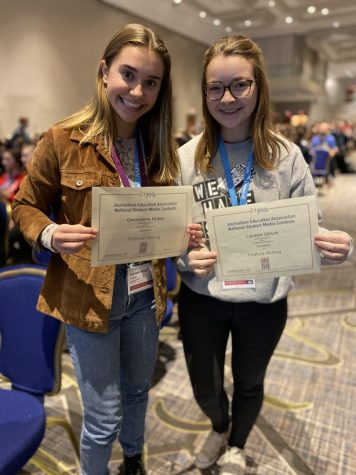Why Cheat? RHS Faculty dives into the subject of cheating
Cheating in school has been a battle fought for years. As school and society changes, cheating adapts to any new environment. It is no secret that it exists in Rolla High, but the reasoning and justification of cheating can vary depending on who one asks.
Math teacher Christy Green experiences cheating in her classroom in more creative ways.
“We have issues where students try to hide answers through calculators, cell phones, and writing on themselves. Students also use applications such as ‘Photomath,’ ‘Wolfram Alpha,’ and others that we know are out there, and write those answers on their papers instead of their own knowledge,” Green said.
With the widespread growth of technology, schools and businesses implement devices in order to keep up with society and also to enhance convenience. However, the benefits of technology also bring the apps and websites that help students cheat.
The lines of cheating start to blur when one justifies relying on websites or apps for answers as using their resources that will be available to them in the real world. One student differentiates using apps and websites for cheating or as resources by saying that using them on tests is cheating, but using them to study is using resources.
Green uses the example of doing one’s homework and then checking the answers with an app to explain how these apps can be justified as using resources available. However, using these apps or other applications to copy answers without doing them alone is cheating.
Technology provides easier access to information and also more information, but whether it has increased the amount of cheating in schools is not widely agreed on. From some student’s perspective, cheating has increased, but Green disagrees.
“I don’t know if it has increased, but I think that technology has made it more accessible. There are more ways to get the answers than there used to be,” Green said.
It is very possible that cheating has not increased in recent decades but Stanford University’s Academic Cheating Fact Sheet cites that 20% of students admitted to cheating in the 1940’s, and 75 to 98% of students surveyed each year admit to cheating in high school. However population has risen along with the amount of students attending school, therefore, those numbers may not be so drastic.
Regardless of how many students cheat, they still do, and there does not seem to be a clear distinction between what type of students do. However, the reasoning behind cheating can vary student to student.
“I do not think that one type of student cheats, I’ve seen all types. Someone you would classify as a good student and students who struggle with their work, they all cheat. There is a lot of pressure right now to get that 4.0; students think that is necessary,” Green said.
Green stresses that this mindset is unhelpful because if students continue to cheat, then the disciplinary actions will only get more severe as they continue their education. Junior Emily Phillips expresses that a lot of times, she witnesses cheating from students that one would not suspect. She has seen people cheat that she would expect to be smarter than that and have better morals. Phillips cites some of the reasoning as being more creative about their cheating as one reason, but also the stress for honors students to achieve A’s.
One student says their main goal is to go to college and get a job, but some of the classes they are required to take are useless in the field that they wish to enter. In order to obtain their goal, this student chooses to focus on classes that further their education in their future career. Assistant Principal Dr. Amy Herrman disagrees.
“I think that if you are willing to cheat, then you are a cheater. If you are willing to take the easy, lazy way out, then it is likely you are willing to do that in any subject,” Herrman said.
A possible solution Phillips suggests is switching to a pass or fail grading scale instead of the traditional letter grading. This would help take some of the high stakes aspect of high school away while still measuring if “you know it or you don’t.” The cons to this plan however, include the lack of differentiating between a passing student and one that exceeds expectations.
Overall, students and teachers agree that the pressure to obtain high grades is increasing, and not without good reason. The Atlantic reported that the University of Pennsylvania disclosed that the class of 2018 was the most competitive to date, with their admission rate below 10 percent for the first time ever. With more people pursuing higher education to follow higher paying career paths, there are obviously more applications being sent out. Colleges become more selective and therefore the pressure to cheat increases. College selectivity may be a factor, but not the only one. High stakes testing would also be a contributor to the pressure students endure.
Cheating can never be completely justified, but understanding why students cheat is the first step to preventing it and creating a better learning environment for teachers and students alike.
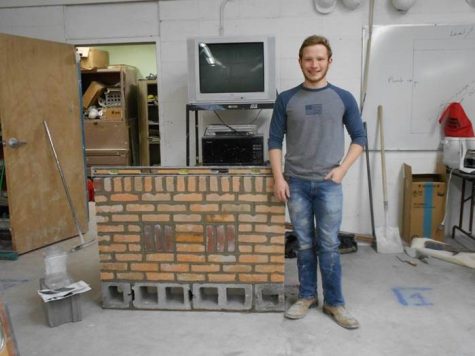
Those playing tennis at the courts in town have probably noticed the pavilion being built over the past year. However, most students have not realized...



